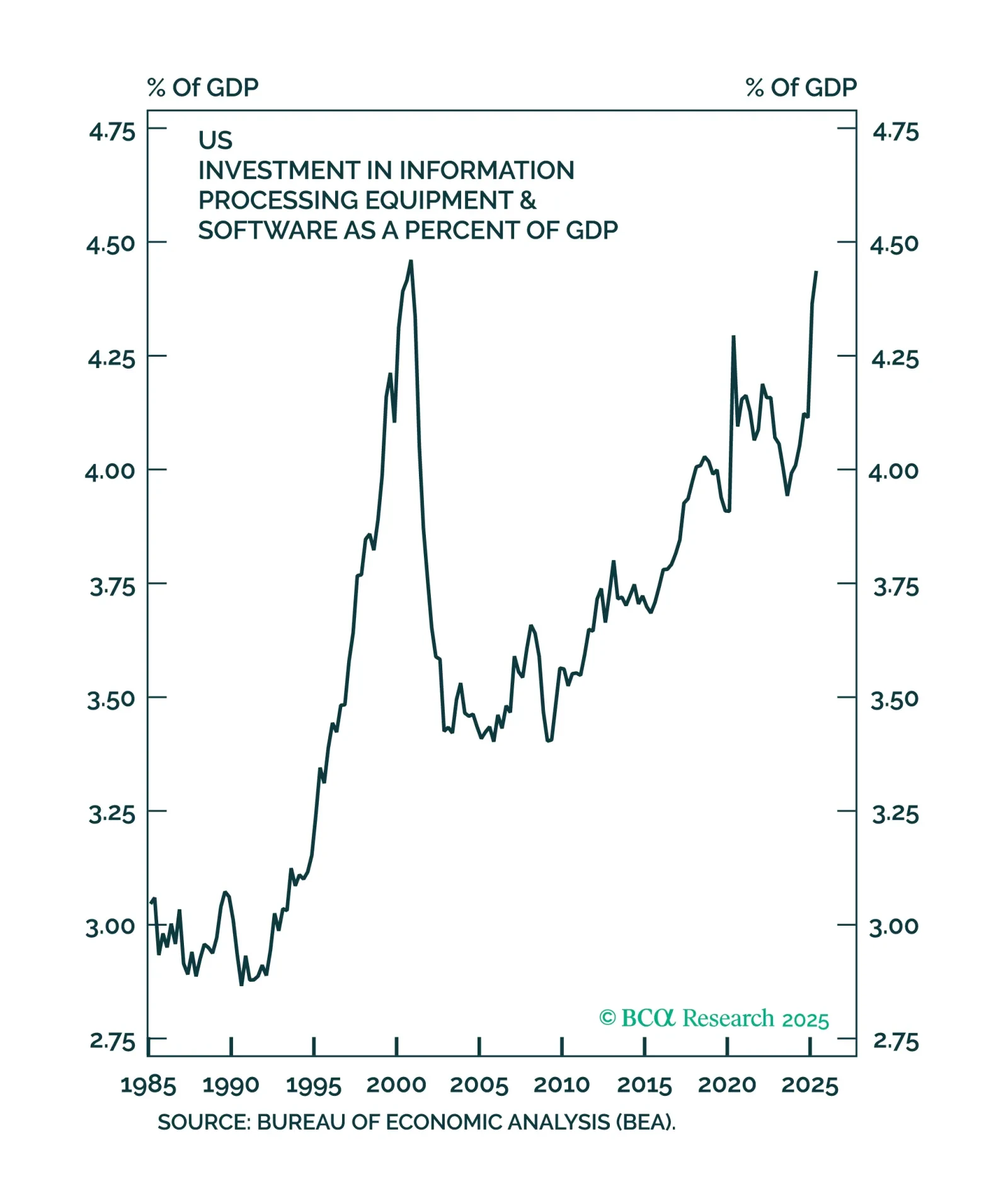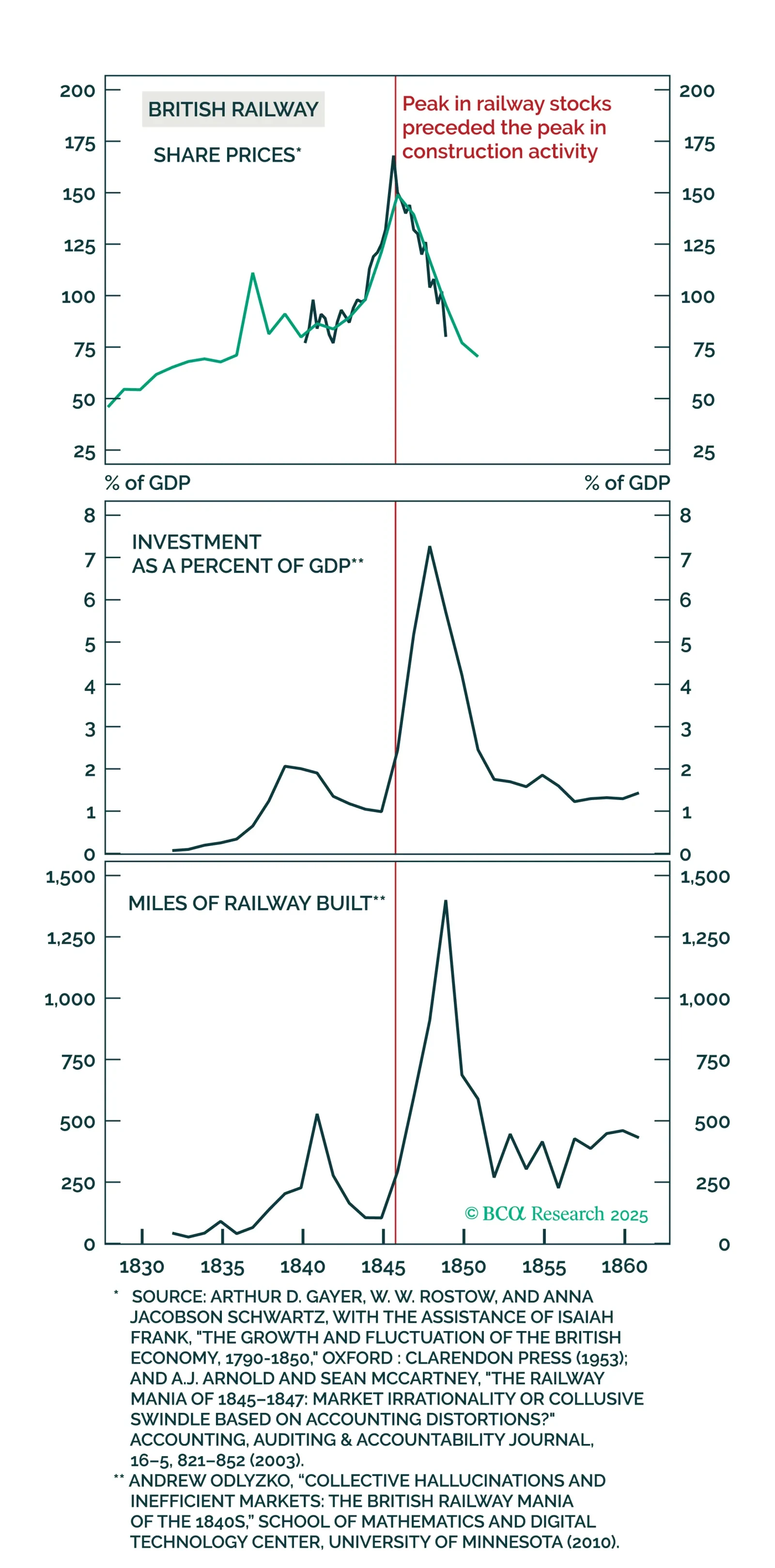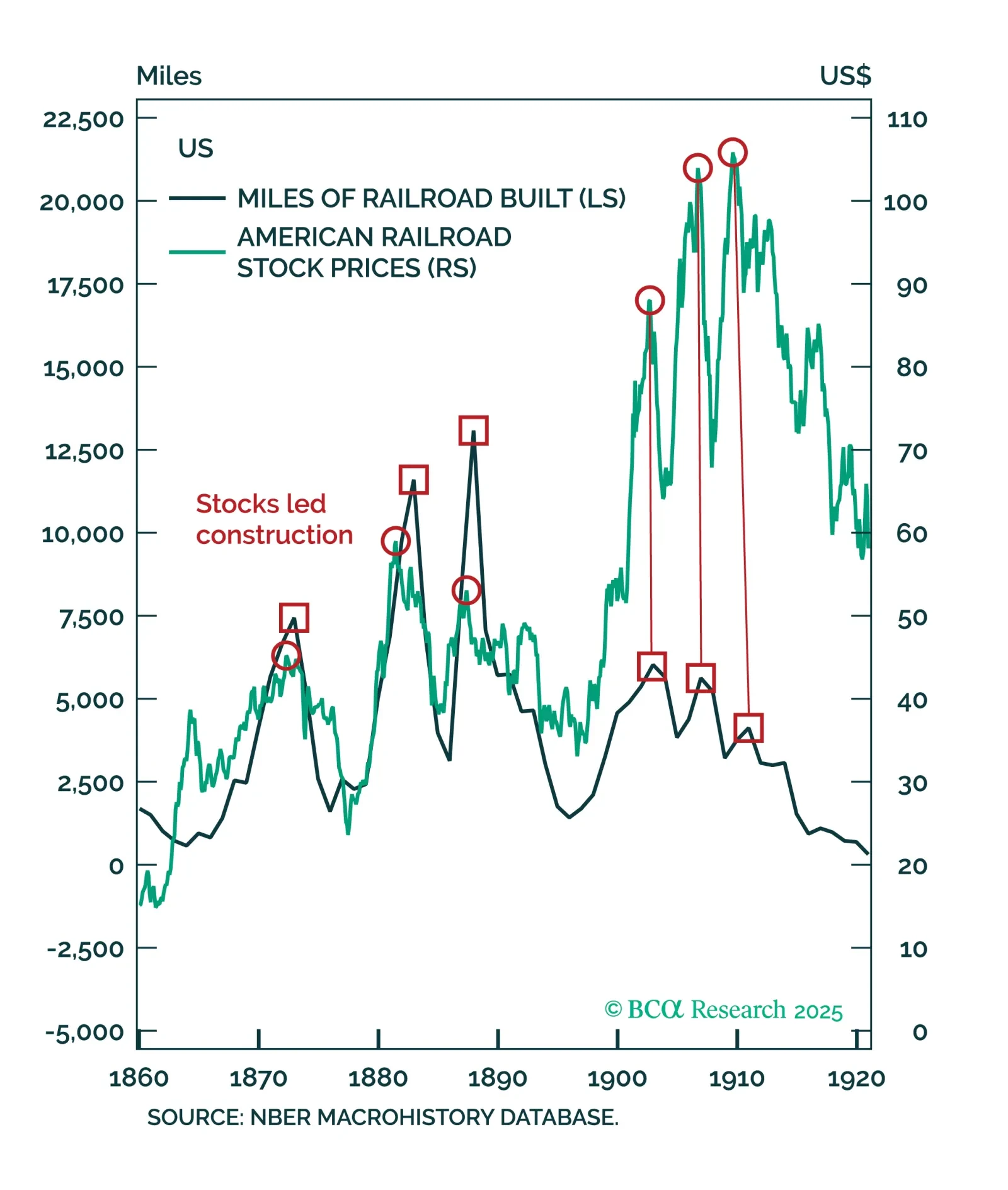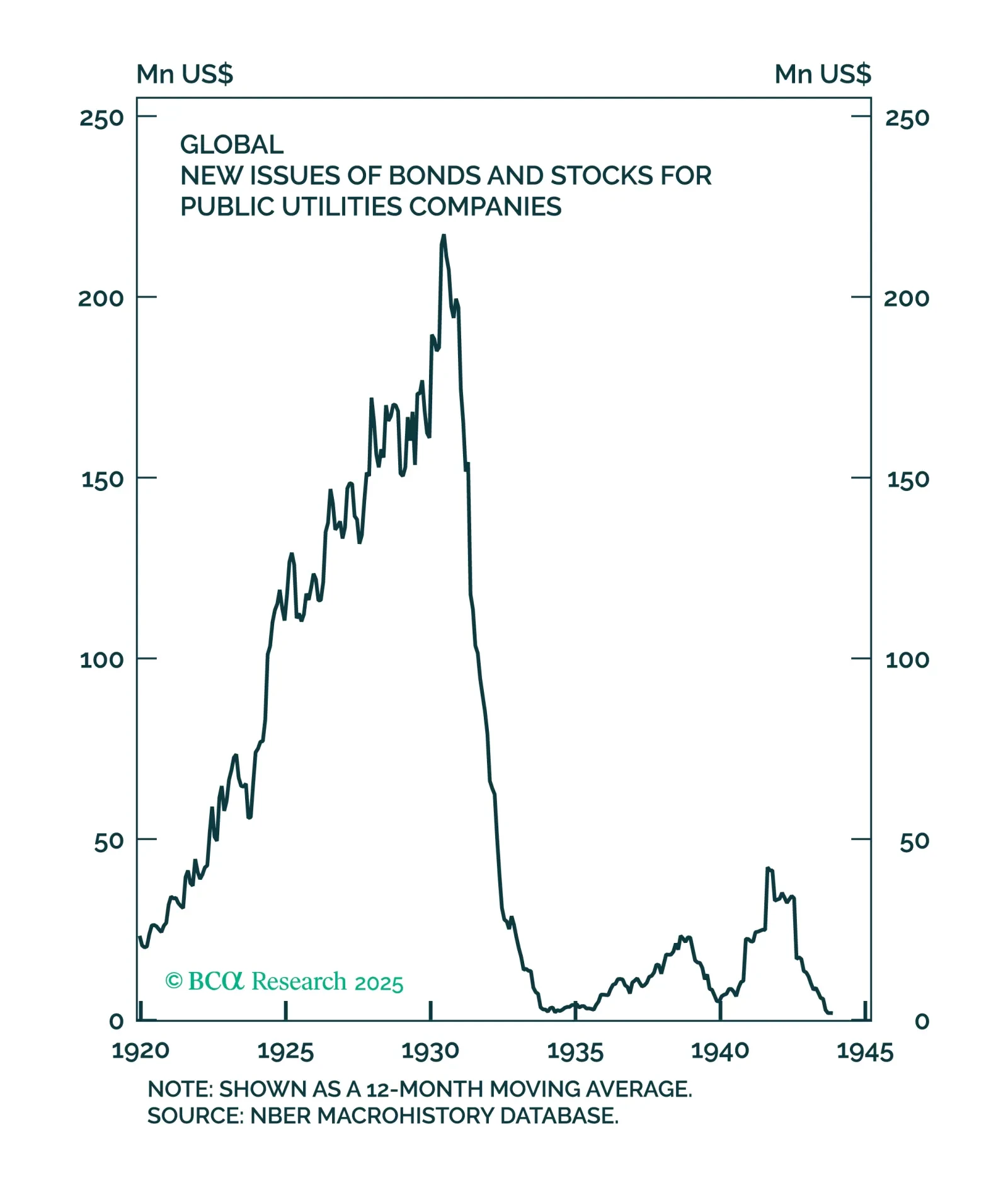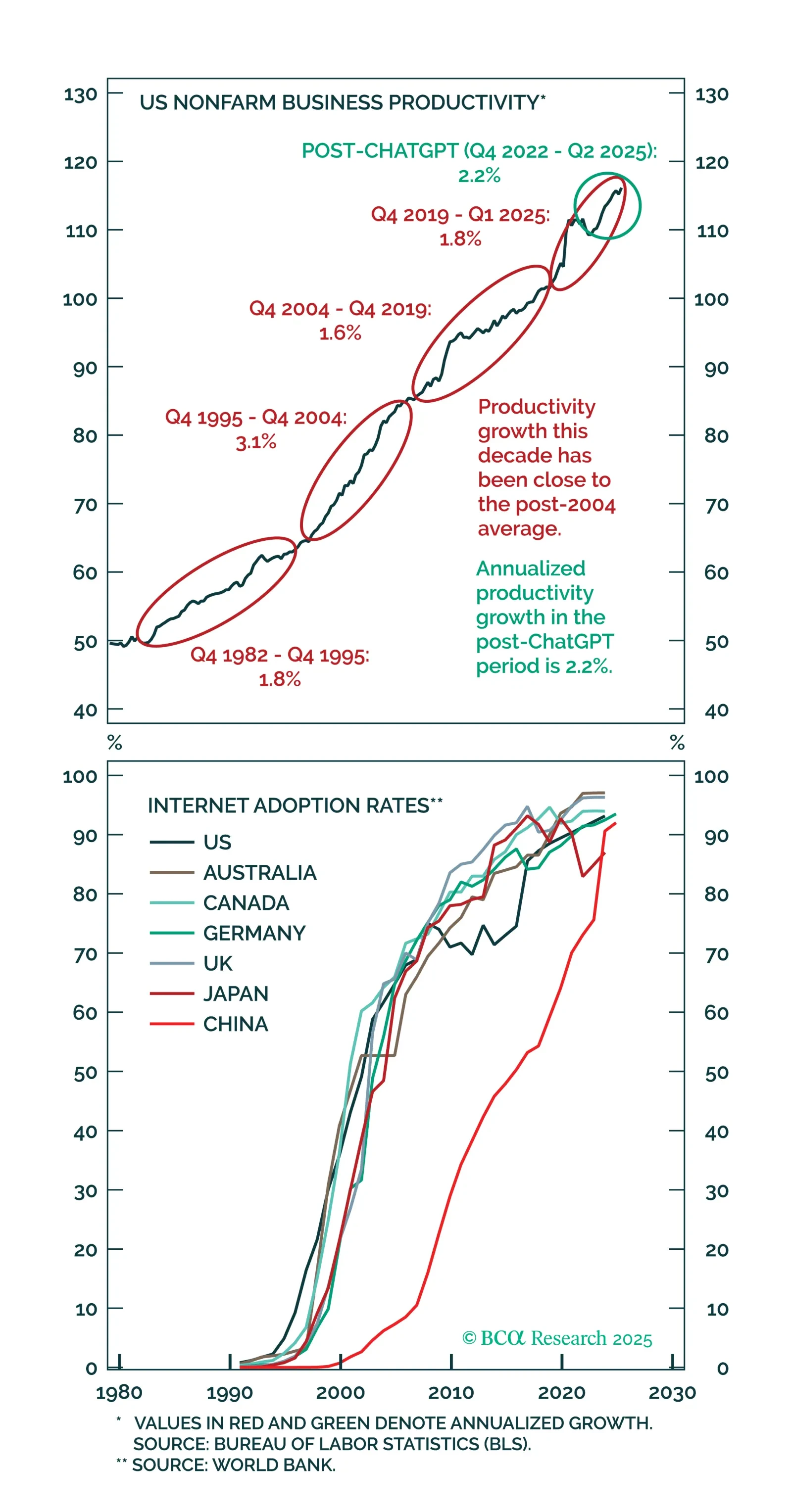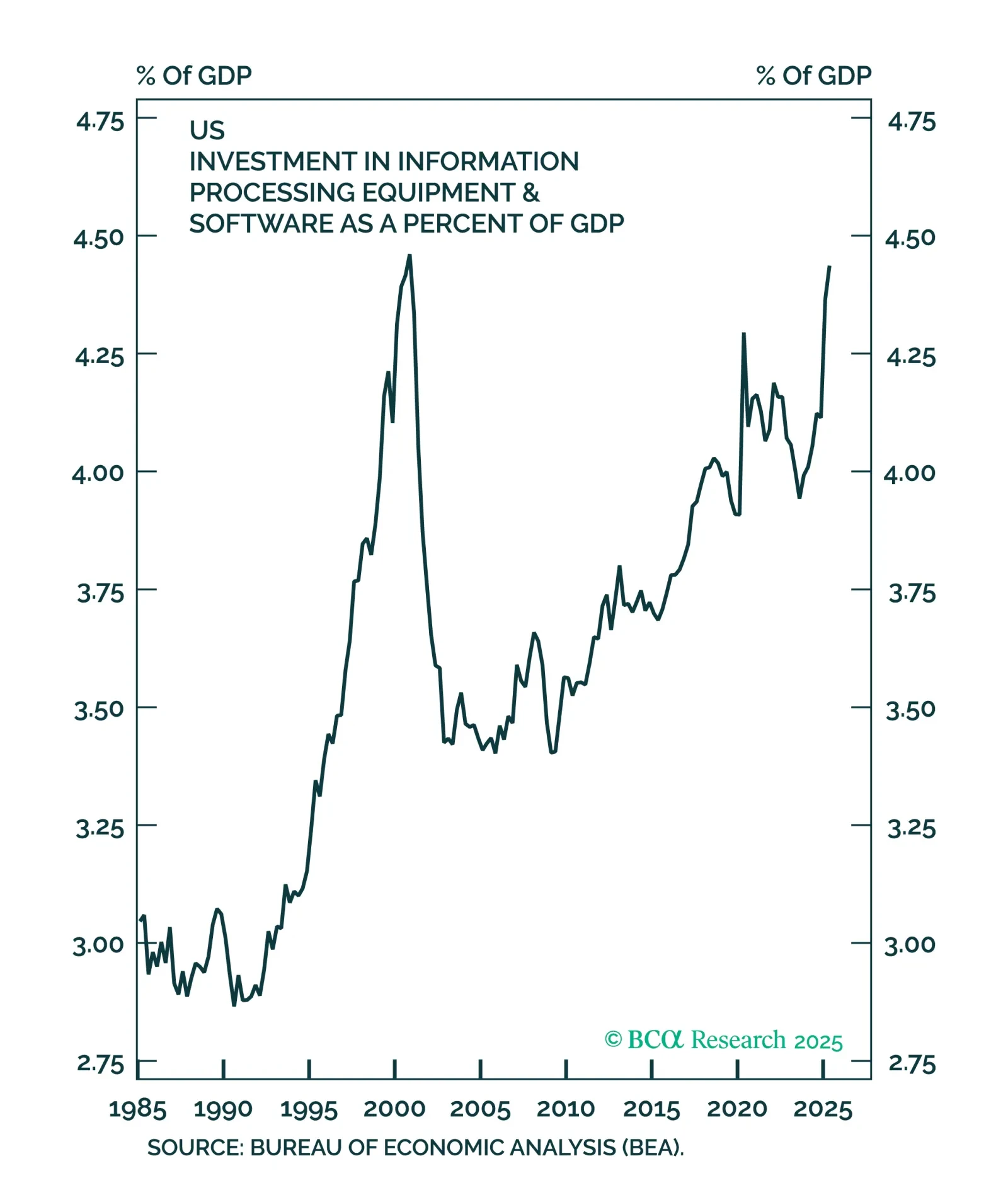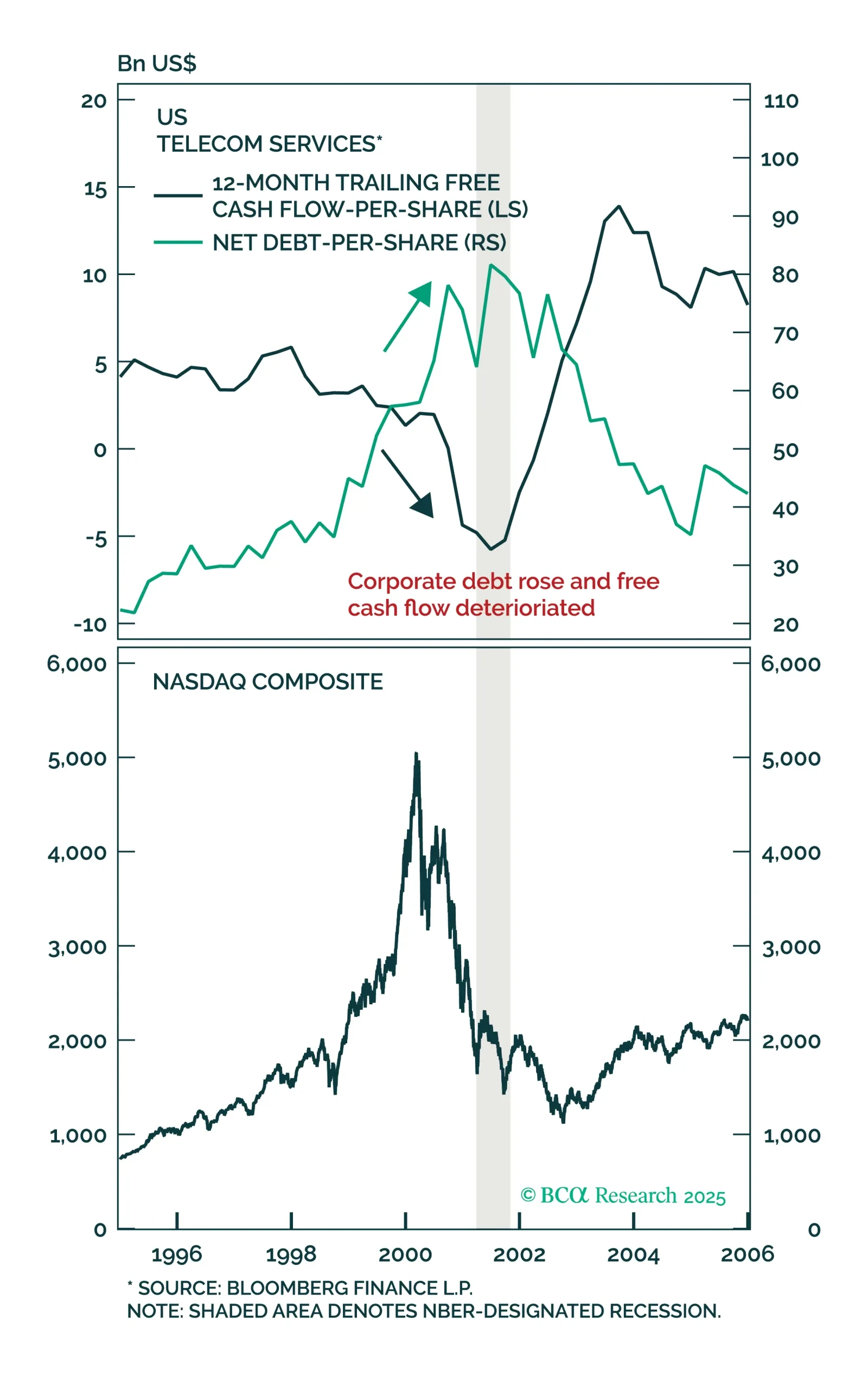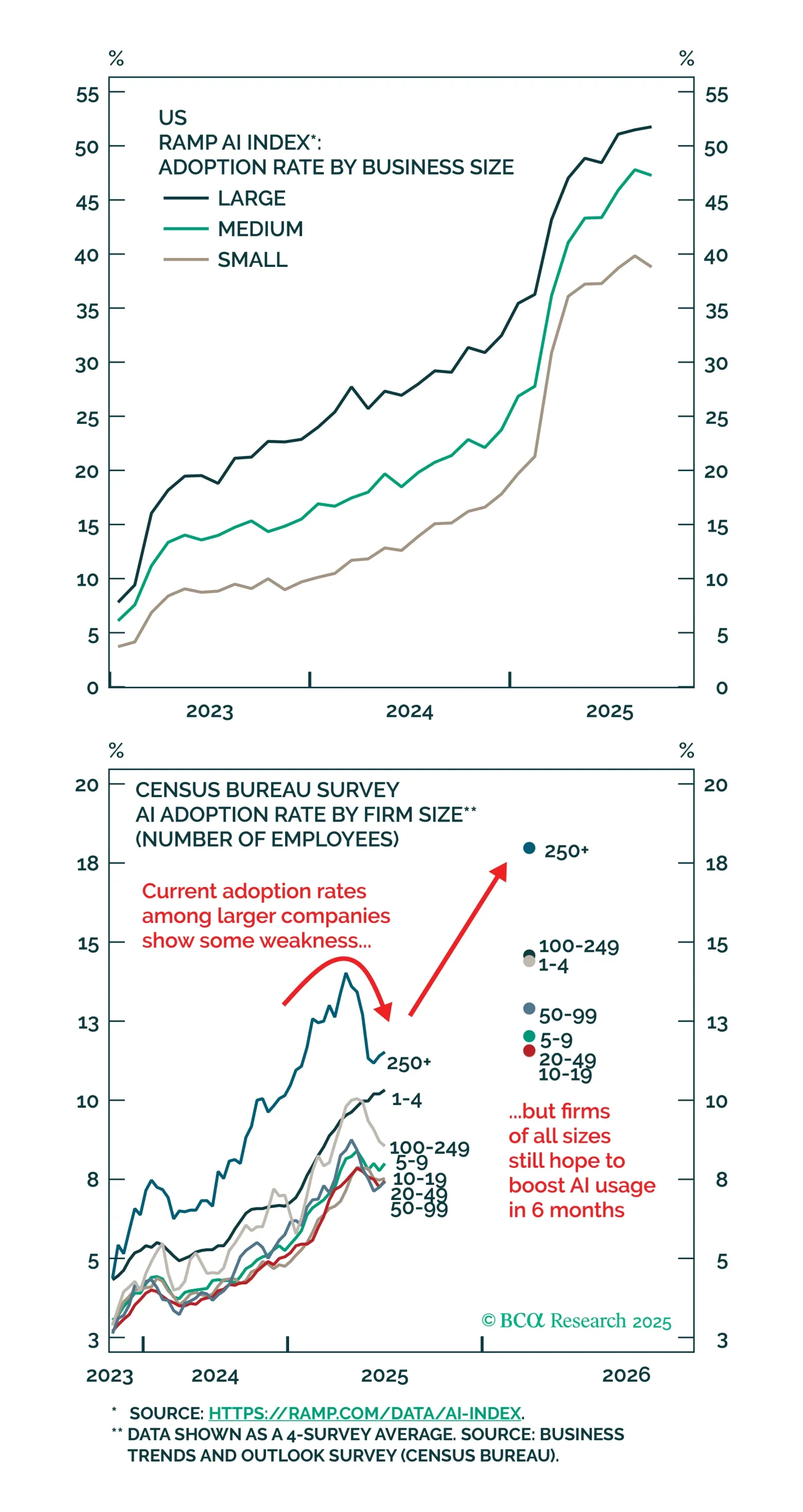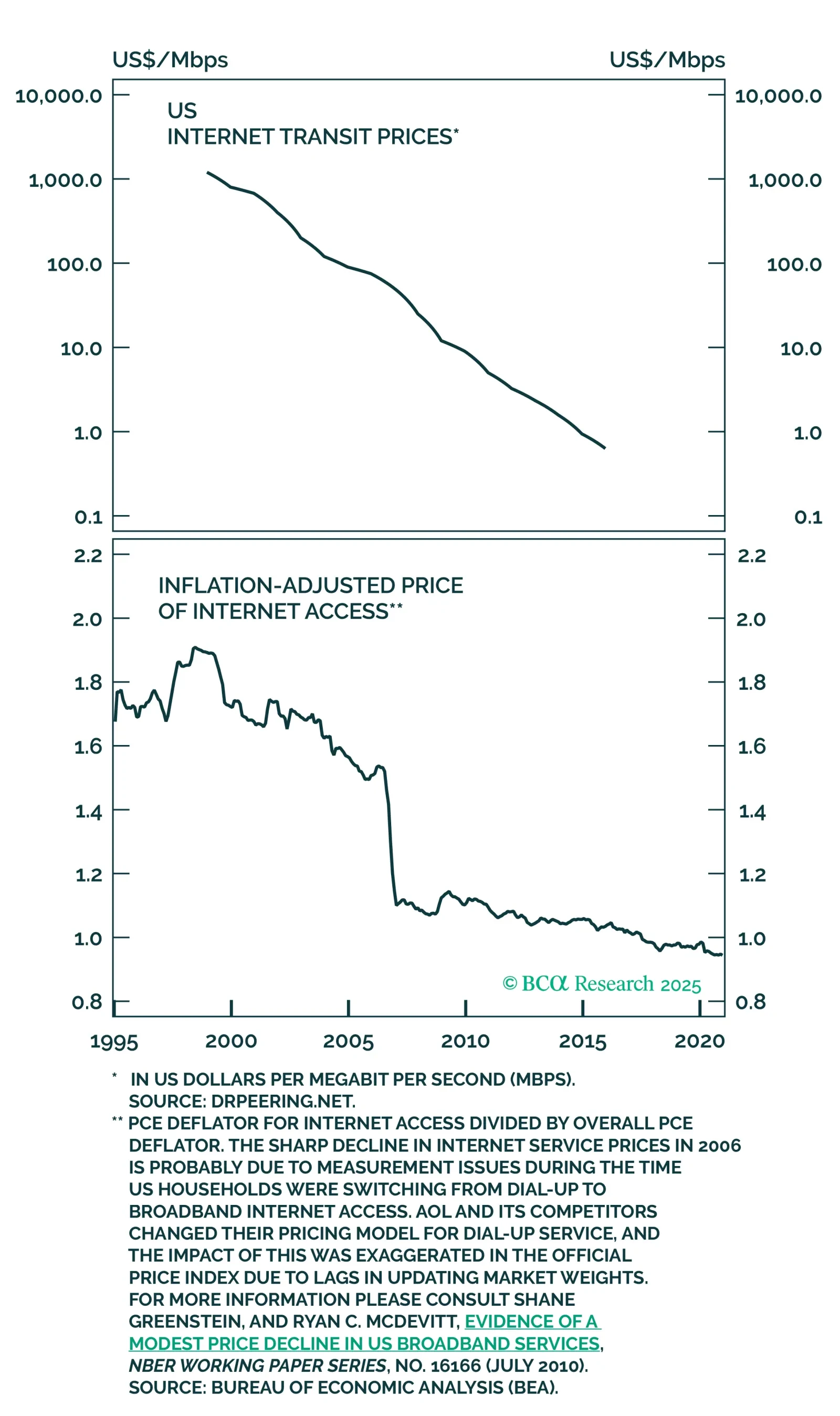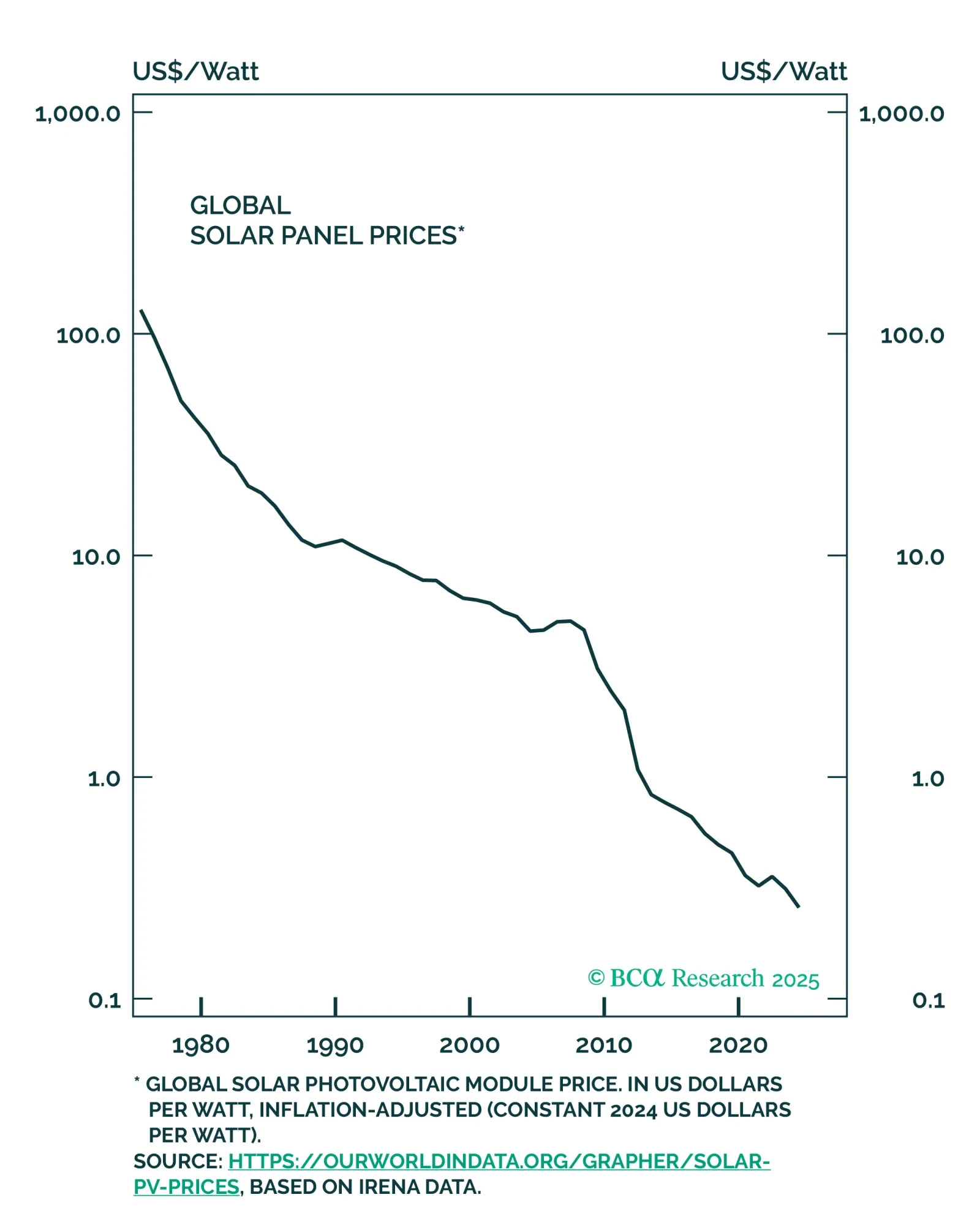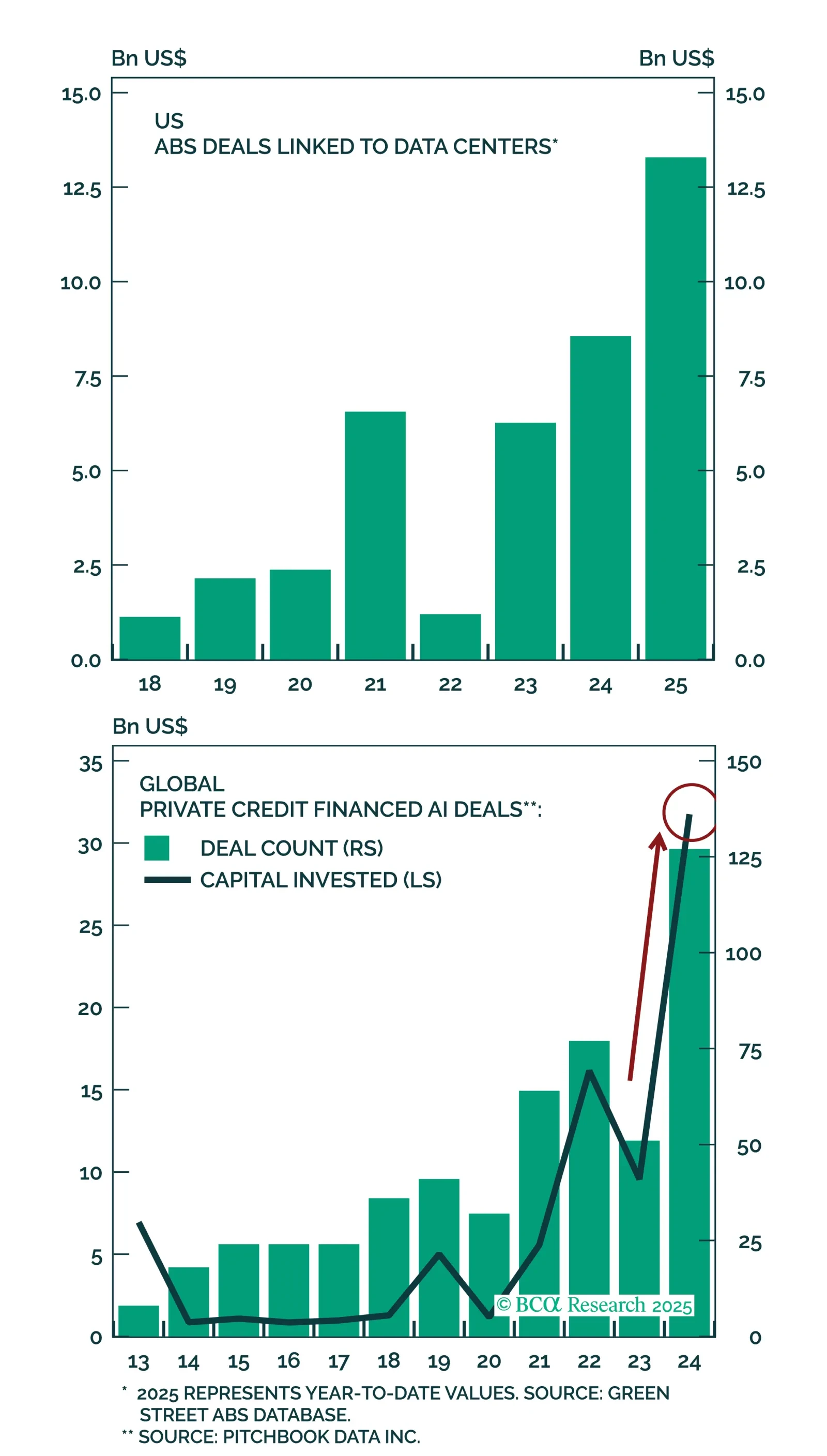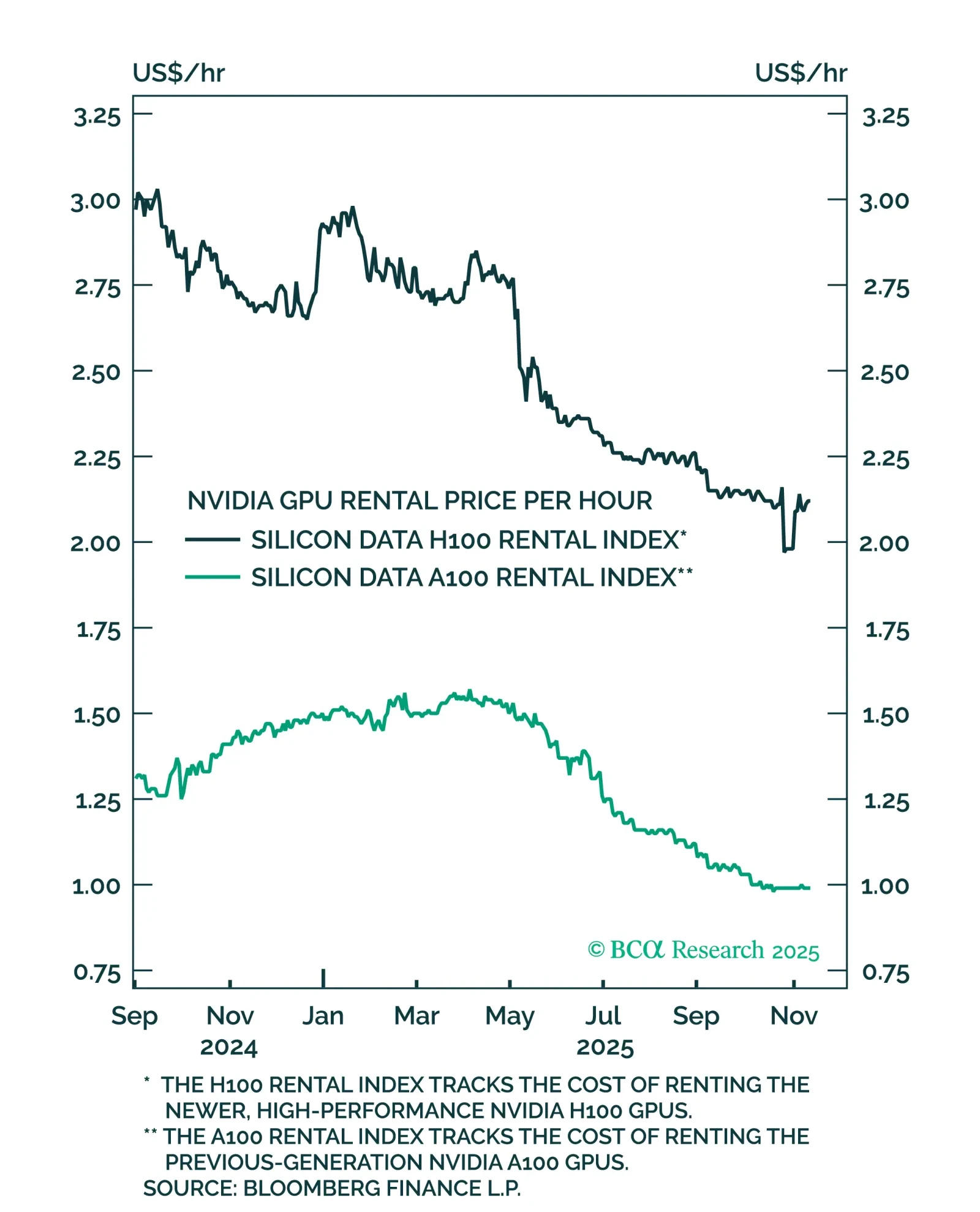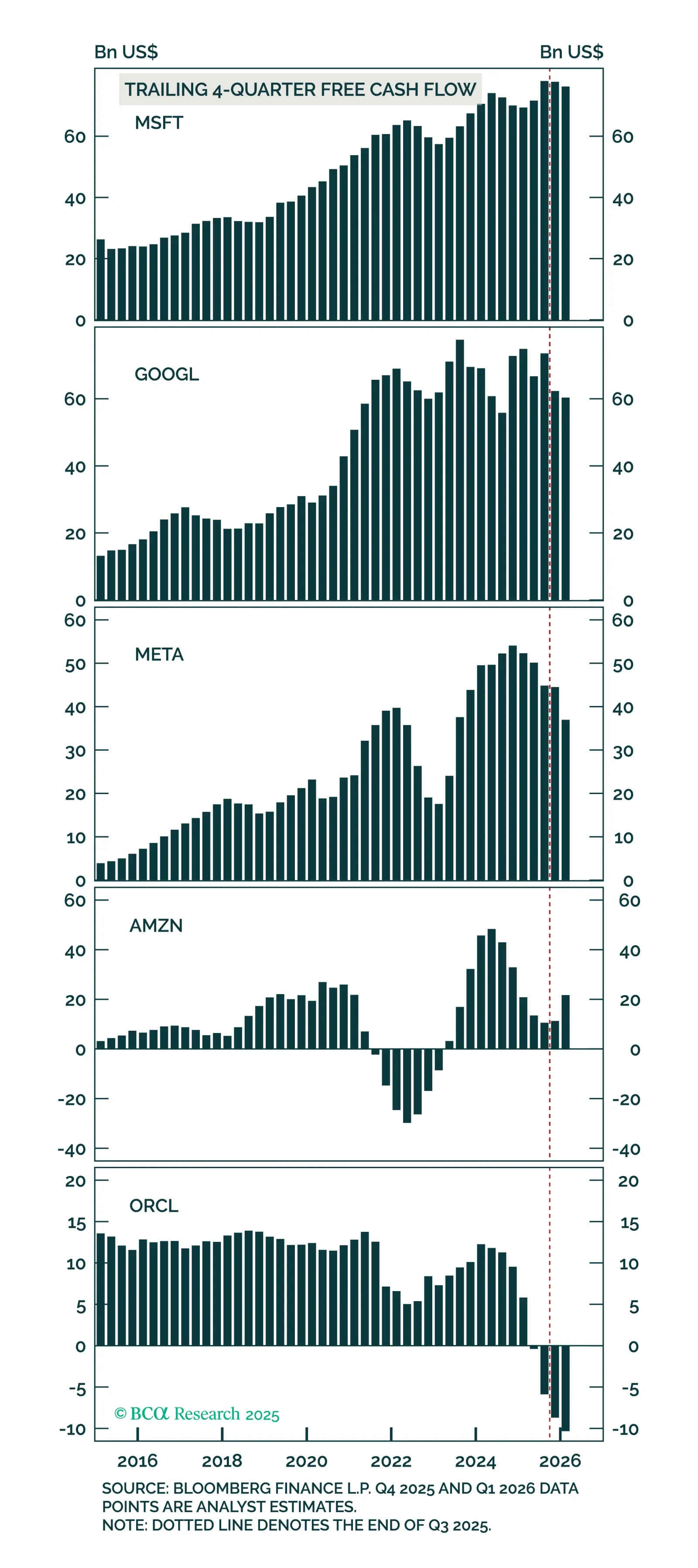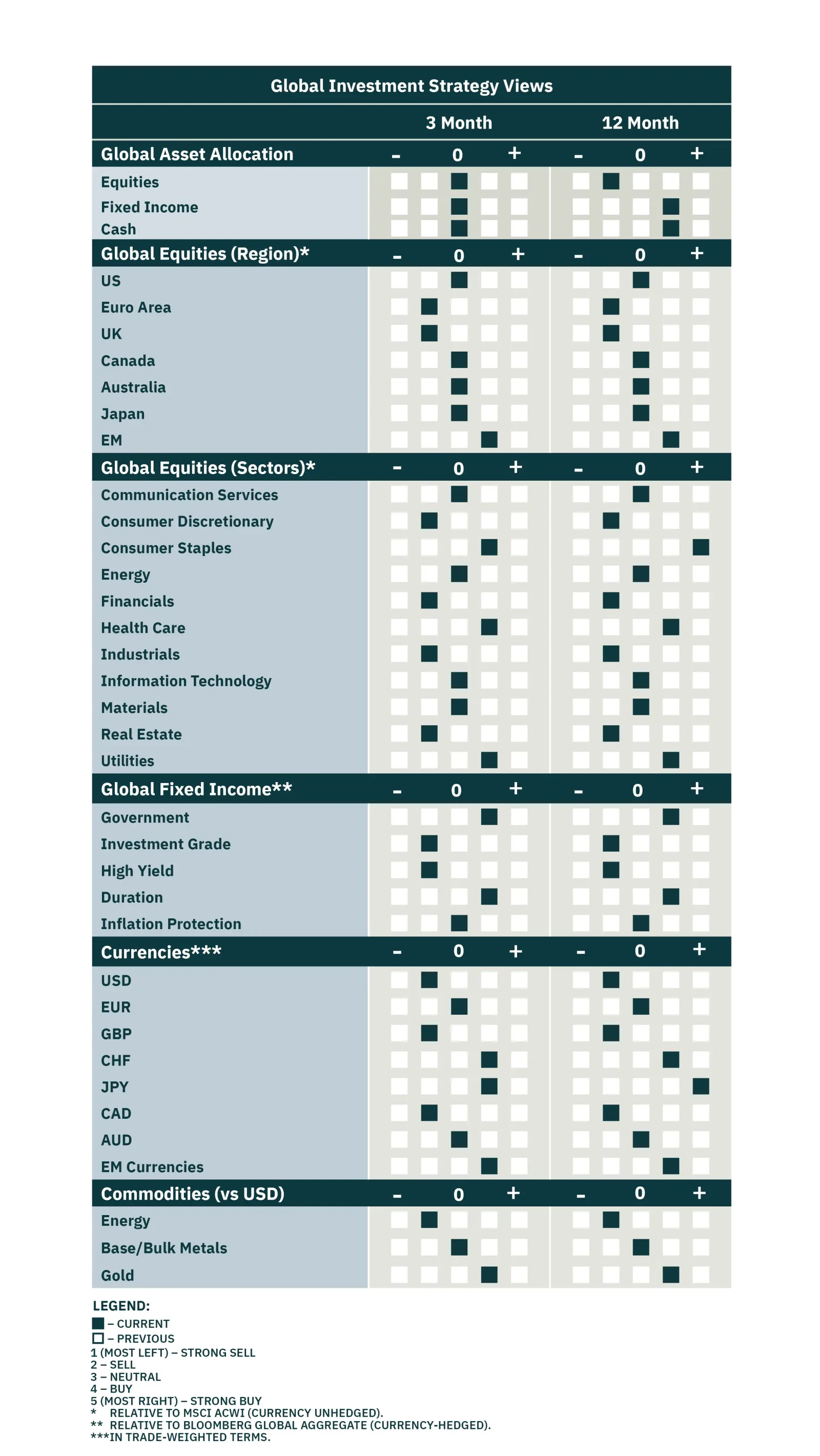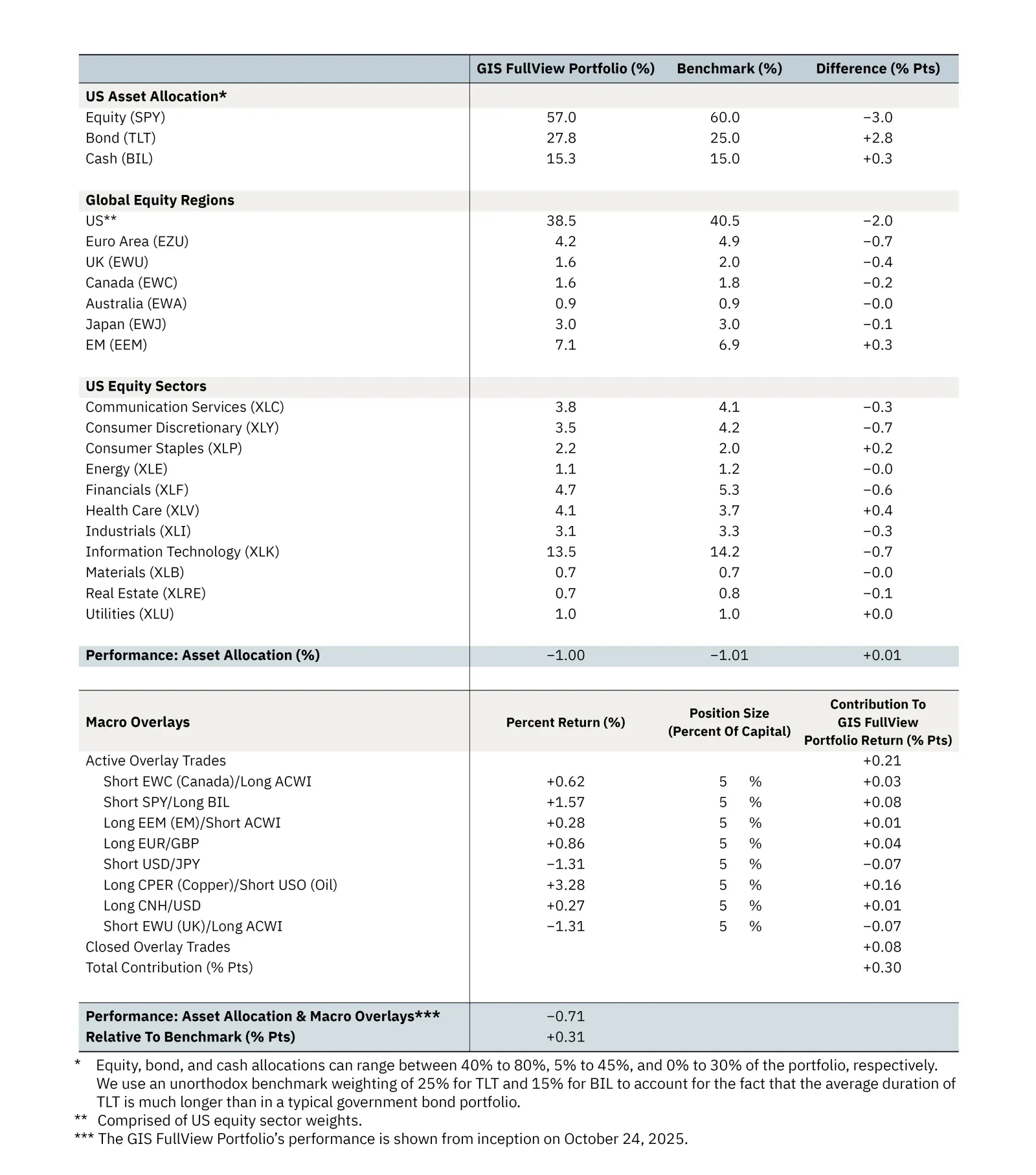When Capex Booms Turn Into Busts: Lessons From History
Dear Client,
As I will be travelling in Asia next week visiting clients, we will be sending you a Special Report from BCA’s Chief European Strategist, Jeremie Peloso, on Germany. Jeremie will assess the cyclical economic outlook for Germany in light of upcoming fiscal spending, and will discuss the structural challenges still facing the country.
Best regards,
Peter Berezin
Chief Global Strategist
Executive Summary
- We draw five lessons from the following capex booms: The railway booms of the 19th century; the electrification boom of the 1920s; the internet boom of the late 1990s; and various oil booms.
- Lesson #1: Investors failed to appreciate the S-shaped nature of technological adoption.
- Lesson #2: Revenue forecasts underestimated the degree to which prices would fall.
- Lesson #3: Debt became an increasingly important source of financing.
- Lesson #4: Asset prices peaked before investment declined.
- Lesson #5: The capex busts weighed on the economy which, in turn, further hurt asset prices.
- We expect the AI boom to end within the next 6 to 12 months. We remain on watch for a “Metaverse Moment” to inform us when to turn maximally defensive on stocks.
In this week’s report, we examine a number of historic capex booms, all of which turned into busts. We then proceed to draw some lessons for today’s AI capex boom.
The Railway Booms in the UK and the US During the 19th Century
The first British railways utilized steam locomotives to carry coal. That changed in 1830 when the introduction of the Liverpool and Manchester Railway showed that passenger travel could also be highly profitable. This led to the construction of new railway lines and growing interest from investors. Railway stocks surged, nearly doubling between 1843 and 1845.
Even though stock prices began to fall in mid-1845, Parliament continued to sanction new projects. By 1847, construction outlays exceeded a record 7% of GDP. Tightening liquidity conditions culminated in a crisis in October 1847. By the end of that decade, the rail index had fallen 65% from its peak (Chart 1).
US railway construction exploded after the Civil War. Railway stocks rose over the course of the 1860s and early 1870s, ultimately peaking towards the end of 1872. The subsequent decline in railway stock prices culminated in the Panic of 1873, which saw the New York Stock Exchange close for ten days in September of that year. Corporate bond defaults soared, with losses totaling 36% of par value between 1873 and 1875.
The subsequent 15 years saw two more booms and busts (Chart 2). The number of railway miles laid ultimately peaked in 1887 at a little over 13,000. The resulting glut caused transport prices to collapse, leading to the Panic of 1893. By 1894, about 20% of US railway mileage was in receivership.
The Electrification Boom of the 1920s
The share of US households with access to electricity rose from 8% in 1907 to about 35% in 1920 and 68% by 1930. The rollout was concentrated in urban areas, with rural electrification lagging behind until the New Deal arrived (Chart 3).
Wall Street was heavily invested in the electrification boom (Chart 4). Stocks and bonds of utility companies were often marketed as appropriate for “widows and orphans.” This turned out to be far from the truth. Holding companies ended up controlling over 80% of US electricity generation by 1929. Most of these companies were consolidated under pyramidal capital structures, which made them highly vulnerable.
Things began to unravel following the 1929 stock market crash. The collapse of the Insull group in 1932, one of the largest utility conglomerates at the time, reportedly wiped out the life savings of 600,000 small investors, and became emblematic of holding-company risk.
US electric utility construction outlays peaked in 1930 at about $919 million, before plunging to $129 million in 1933.
The Late-1990s Internet Boom
The past 200 years have seen many tech booms turn into busts. These include the telegraph boom-bust of the 1850s; the British bicycle mania of 1895-98; the auto boom of the early 20th century; the 1920s radio boom; the 1959-62 “tronics” boom; the 1980s PC and video game booms; the 2009-11 solar boom; and the 2012-14 3D printing boom.
Although AI is now vying for the crown, no boom was as spectacular as the internet boom of the late 1990s. Like most booms, the internet one was based on real innovation – innovation that raised productivity and changed the way people lived and worked (Chart 5). However, as often occurs during booms, investment spending got ahead of itself, setting the stage for a bust.
Tech-related capital spending rose from 2.9% of GDP in 1992 to a peak of 4.5% in 2000 (Chart 6). The surge in spending put pressure on corporate balance sheets. Corporate debt rose while free cash flow deteriorated. Free cash flow among telecom companies peaked in late 1997 and then fell for two straight years before plunging in 2000 (Chart 7). After rising sixfold between 1995 and 2000, the Nasdaq Composite dropped by 78% over the next two and a half years.
Various Oil Booms
If there is any market that proves the validity of the old saying “the cure for high prices is high prices,” it is the oil market. It has experienced repeated booms and busts, with shortages of supply driving the booms, and gluts of supply driving the busts (Chart 8).
The first major oil boom occurred in Texas. The discovery of huge reserves in eastern Texas in 1930 set off a frenzy of drilling. Within 12 months, more than 300,000 barrels per day were being produced. As the Great Depression intensified, oil prices collapsed, falling to as low as 10 cents per barrel. Ultimately, the Texas Railroad Commission had to intervene to limit production.
The 1970s oil booms were driven by supply restraint by OPEC and mounting geopolitical risk. The resulting increase in prices incentivized the production of more fuel-efficient vehicles. It also catalyzed new supply growth, ranging from the North Sea to Alaska to the Gulf of Mexico and the USSR. The increase in alternative sources of supply ultimately set the stage for Saudi Arabia’s decision in 1985 to abandon output restraint. This caused prices to briefly fall to $10/bbl.
These boom/bust dynamics were echoed 30 years later during the US shale boom. US crude production rose from around 5 mb/d in 2008 to 9.4 mb/d in 2015. In order to avoid further losses in market share, OPEC refrained from cutting production at its November 27, 2014 meeting. As a result, oil prices fell from around $115/bbl in mid-2014 to $57/bbl by the end of that year. Credit spreads of energy companies blew out, and employment in the sector dropped sharply (Chart 9).
Five Lessons for the AI Boom
The booms and busts discussed above lend themselves to five lessons, all of which are applicable to the current AI boom.
Lesson #1: Investors failed to appreciate the S-shaped nature of technological adoption
Technological adoption usually unfolds in three phases: A first phase where the most die-hard users embrace the technology; a second phase of mass adoption; and finally, a third phase where laggards finally jump on board. Stocks typically rise in the first phase and peak around the middle of the second phase when the second derivative in adoption rates turns from positive to negative.
In the case of AI, most companies say that they intend to increase usage. However, actual adoption rates appear to be plateauing, and by some measures, have even dipped in recent months (Chart 10). We see this as a yellow flag for the AI trade.
Lesson #2: Revenue forecasts underestimated the degree to which prices would fall
While slowing adoption is one reason why capex booms often turn into busts, an equally important reason is price deflation. The internet is a case in point. Internet traffic grew by an average of 67% annualized between 1998 and 2015; however, the price of transmitting one bit of information fell just as quickly (Chart 11). As a result, the real monthly cost of a broadband connection declined modestly.
Some of the decrease in data transmission costs has come from increased capacity. But most of it has come from efficiency gains. Wavelength-division multiplexing (WDM) and other advances in optics significantly increased the amount of data that can be transmitted through fiber-optic cables.
The same deflationary dynamic occurred in the solar industry. Prices of solar panels have been falling steadily since they were introduced, dropping by 95% since 2007 alone (Chart 12).
AI is unlikely to be any different. The introduction of faster chips and better algorithms has already caused token prices to fall by more than 99% since 2023 (Chart 13).
The rising supply of compute has opened up new applications such as video generation that were not feasible a few years earlier. While this represents an exciting new development, it remains to be seen how much users will be willing to pay for it.
Economic theory says that the price of a good or service should equal the marginal benefit to the user of the last unit consumed. What is the marginal benefit of an AI video of Stephen Hawking battling in the WWE or speeding away in his wheelchair from the police – two recent examples of Sora’s contribution to society? If the answer is “not that high,” this calls into question how much AI companies can charge for their services.
Lesson #3: Debt became an increasingly important source of financing
Until recently, debt was not a major focus of concern in the AI realm because most AI companies could easily finance their capex needs through retained earnings.
This has started to change of late (Chart 14). In October, Meta announced a $27 billion data center financing deal to be housed in an off-balance-sheet SPV. Oracle tapped the bond market for $18 billion after recently securing a $38 billion loan. The company now holds nearly $96 billion in debt. Several power generation companies have also announced significant debt-financed expansion plans.
The biggest concerns swirl around companies such as CoreWeave and other “neoclouds” that rent AI compute to the hyperscalers. They have taken on a considerable amount of debt to finance their expansion. CoreWeave’s CDS rate currently stands at 532 bps, up from 359 bps in early October.
Lesson #4: Asset prices peaked before investment declined
During past capex booms, equity prices have typically peaked before investment declined. And even when investment fell off its highs, it usually did so at levels that continued to add to excess capacity.
This suggests that investors should not wait for evidence that AI capex has rolled over. By the time that evidence is apparent, AI stocks will have fallen considerably.
Instead, investors should monitor four things. The first is revisions to analyst capex estimates. Estimates of future capex will likely start falling before actual capex declines. They have been rising briskly, but if they were to flatten out, that would be a worrying signal (Chart 15).
The second is GPU rental costs. After staying resilient through May of this year, they have started to come down (Chart 16).
The third is hyperscalers’ free cash flow. It has been deteriorating lately, although it still remains quite high in absolute terms (Chart 17).
The fourth thing to be on the lookout for is a “Metaverse Moment” – an occasion where some AI company announces a major AI project only to see its stock price fall. Although Meta arguably did reprise such a moment after it reported earnings in October, Google and Amazon also increased how much they plan to spend on AI and their share prices rose. Thus, it is too early to declare that we have reached a point where investors start worrying about the prospect of “dark compute,” just as they worried about dark fiber during the internet bust.
Lesson #5: The capex busts weighed on the economy which, in turn, further hurt asset prices
Tech busts usually involve two stages. In the first stage, the hype around the technology dissipates and evidence of overcapacity surfaces. In the second stage, the ensuing capex bust drags down the economy, which in turn further hits earnings and stock prices.
This was precisely what happened during the 2001 recession – a recession that was more the result of a stock market and capex bust than the cause of said bust.
It is impossible to say when the ongoing AI capex boom turns to bust, but our best bet is that it will happen within the next 6 to 12 months.
The fact that job openings have fallen to five-year lows and layoffs have picked up despite the tailwind from the AI capex boom and rising stock prices suggests that the economy will struggle if the AI trade sours (Chart 18).
In 2002, a new bubble emerged – the housing bubble – which helped to temporarily mitigate the effects of the bursting dotcom bubble. It is far from certain that a new bubble will emerge this time around, in which case the resulting recession could be more severe than the one in 2001.
Slightly Underweight on Stocks Now, but Looking to Get More Defensive
As our View Matrix at the end of this report illustrates, we currently recommend a modest underweight to stocks on a cyclical 12-month horizon but are neutral on a tactical 3-month horizon. We expect to turn more defensive over the coming months.
Starting in October, we began publishing our FullView Portfolio (please consult the back of this report). The portfolio blends our tactical and cyclical views into one set of allocations, while also incorporating the profit and loss from all our macro trade recommendations across equities, bonds, currencies, and commodities. We launched this portfolio to enhance transparency and accountability around our views. At the moment, the portfolio recommends a 57% weighting to global equities (versus a benchmark of 60% and an allowable range of 40% to 80%).
Peter Berezin
Chief Global Strategist
peterb@bcaresearch.com
Follow me on
Linkedin & X
Global Investment Strategy View Matrix
The Global Investment Strategy team (GIS) summarizes its views via a matrix featuring recommendations over a tactical 3 month horizon and a cyclical 12 month horizon. While GIS uses the MacroQuant model as one of several inputs into its decision-making process, the GIS views shown in this matrix may differ from the MacroQuant model's recommendations shown in the dedicated monthly MacroQuant reports.
Global Investment Strategy PowerScores
Global Investment Strategy FullView Portfolio
The GIS FullView Portfolio brings together our global asset allocation views, reflecting both our tactical (3-month) and cyclical (12-month) recommendations, along with the profit and loss from tactical macro trades.
